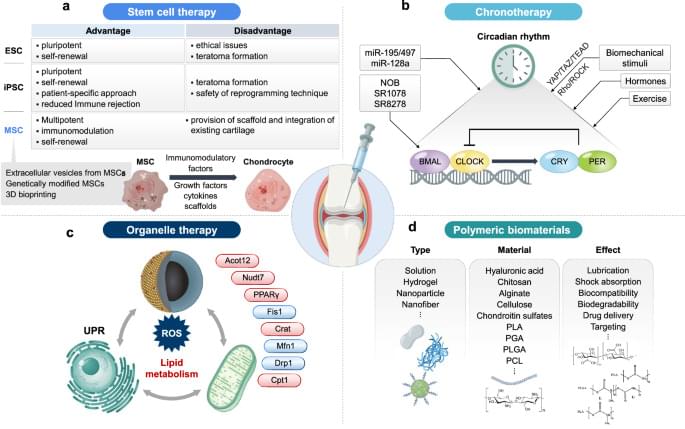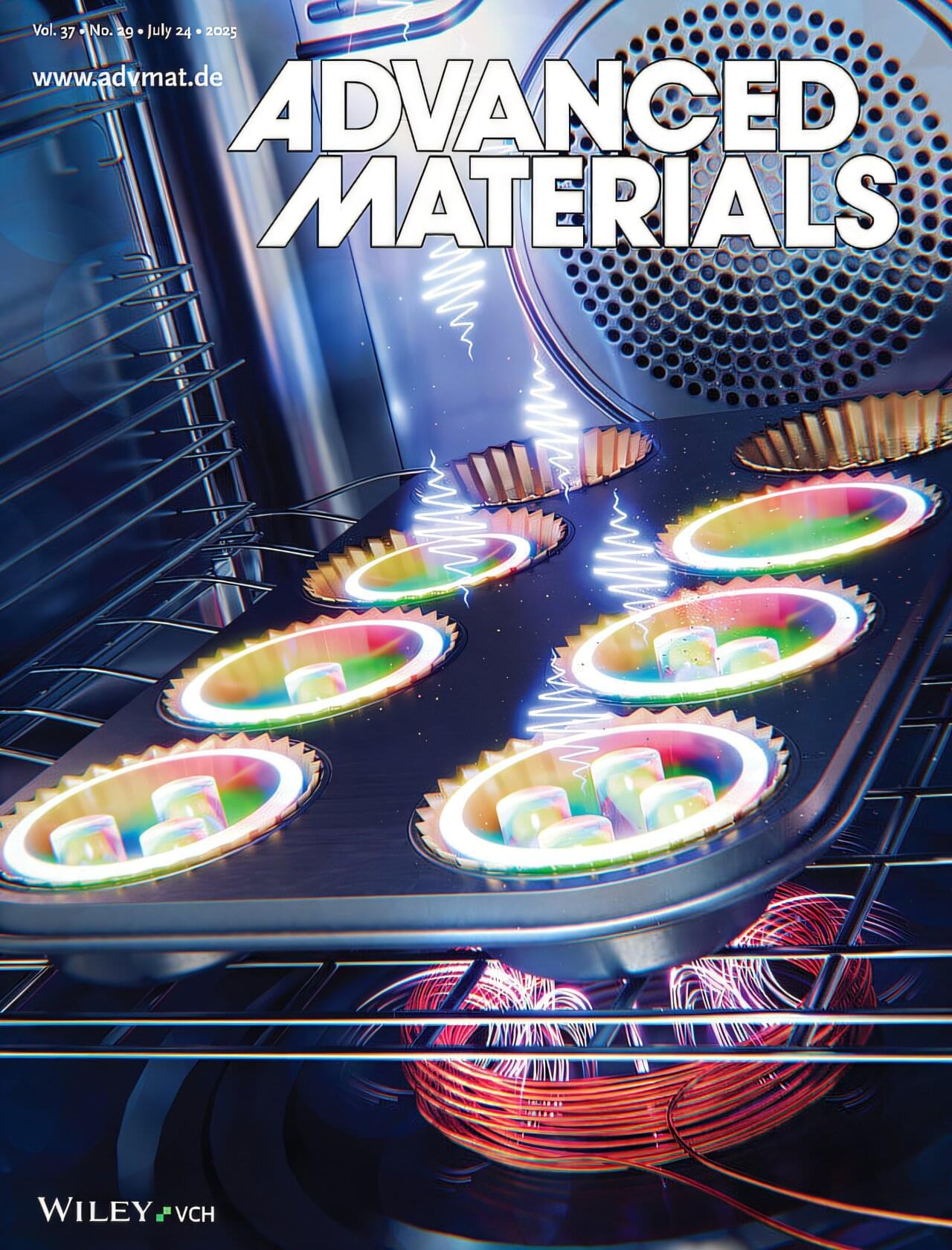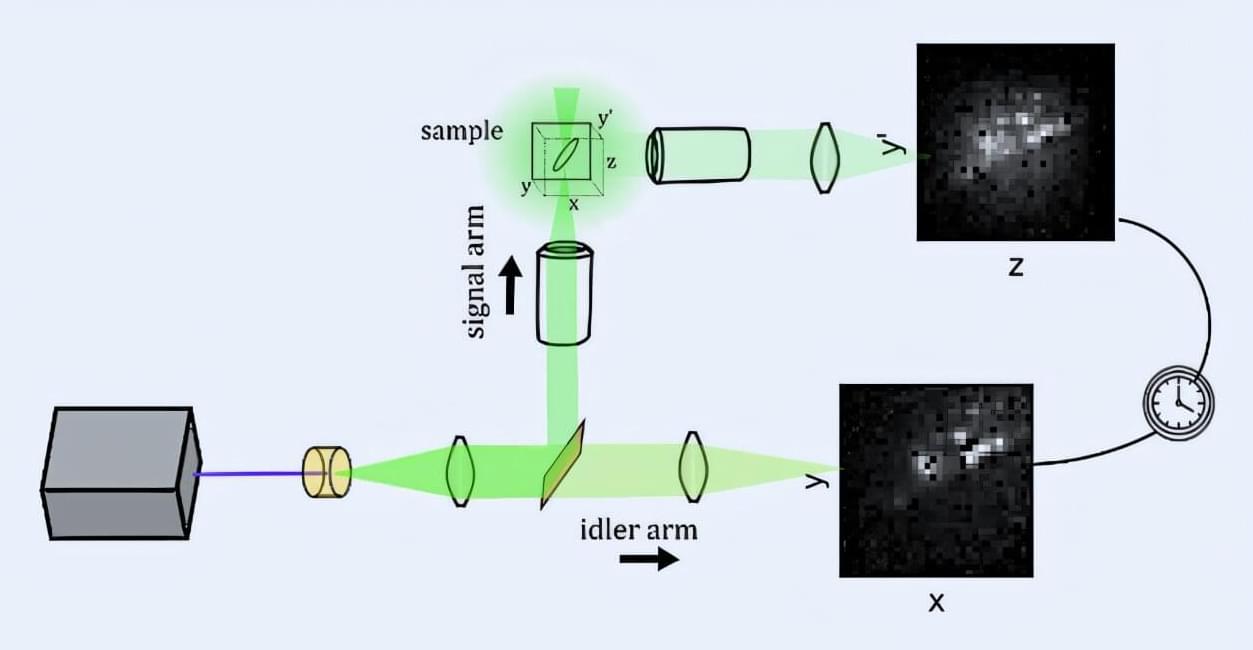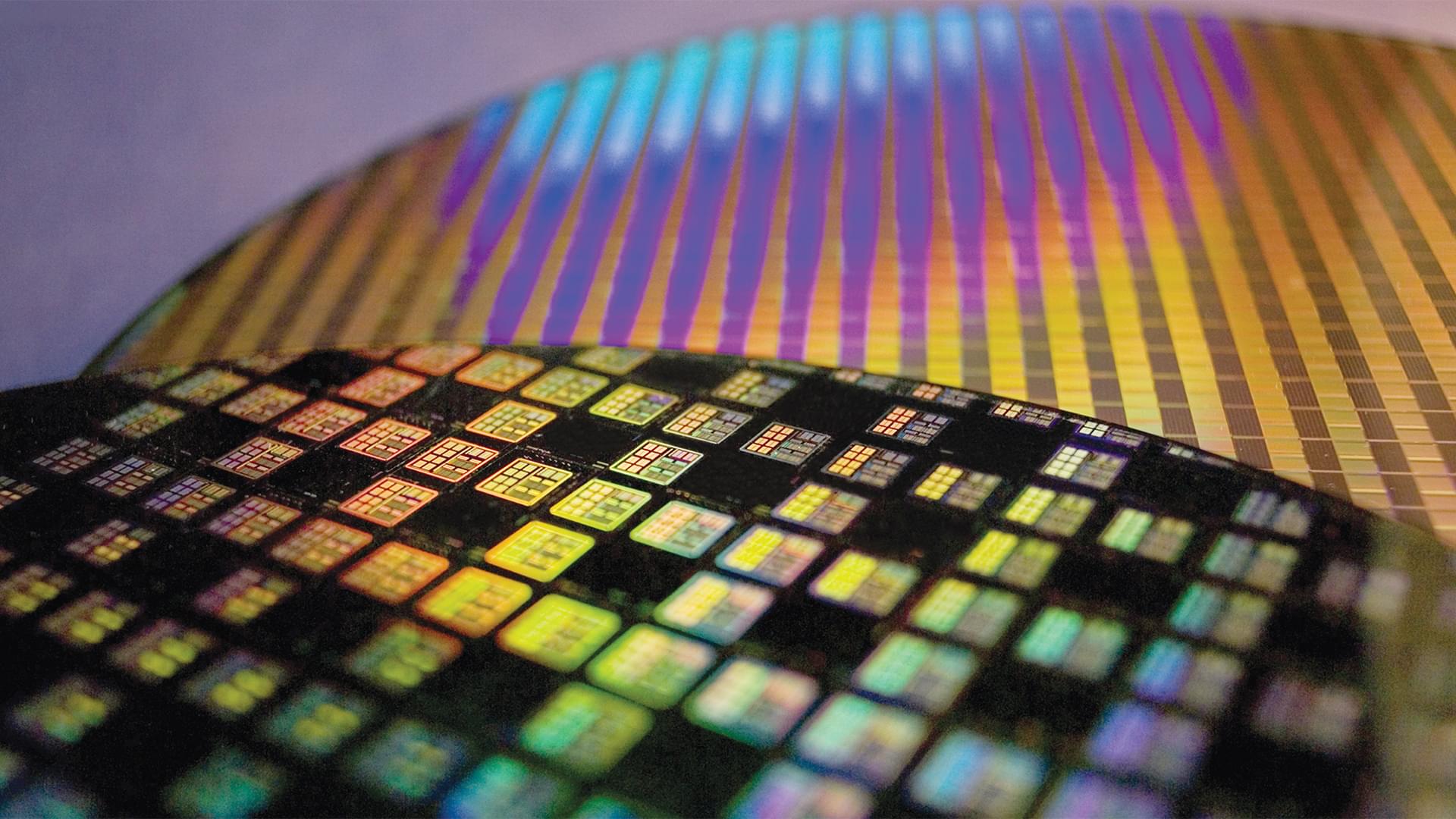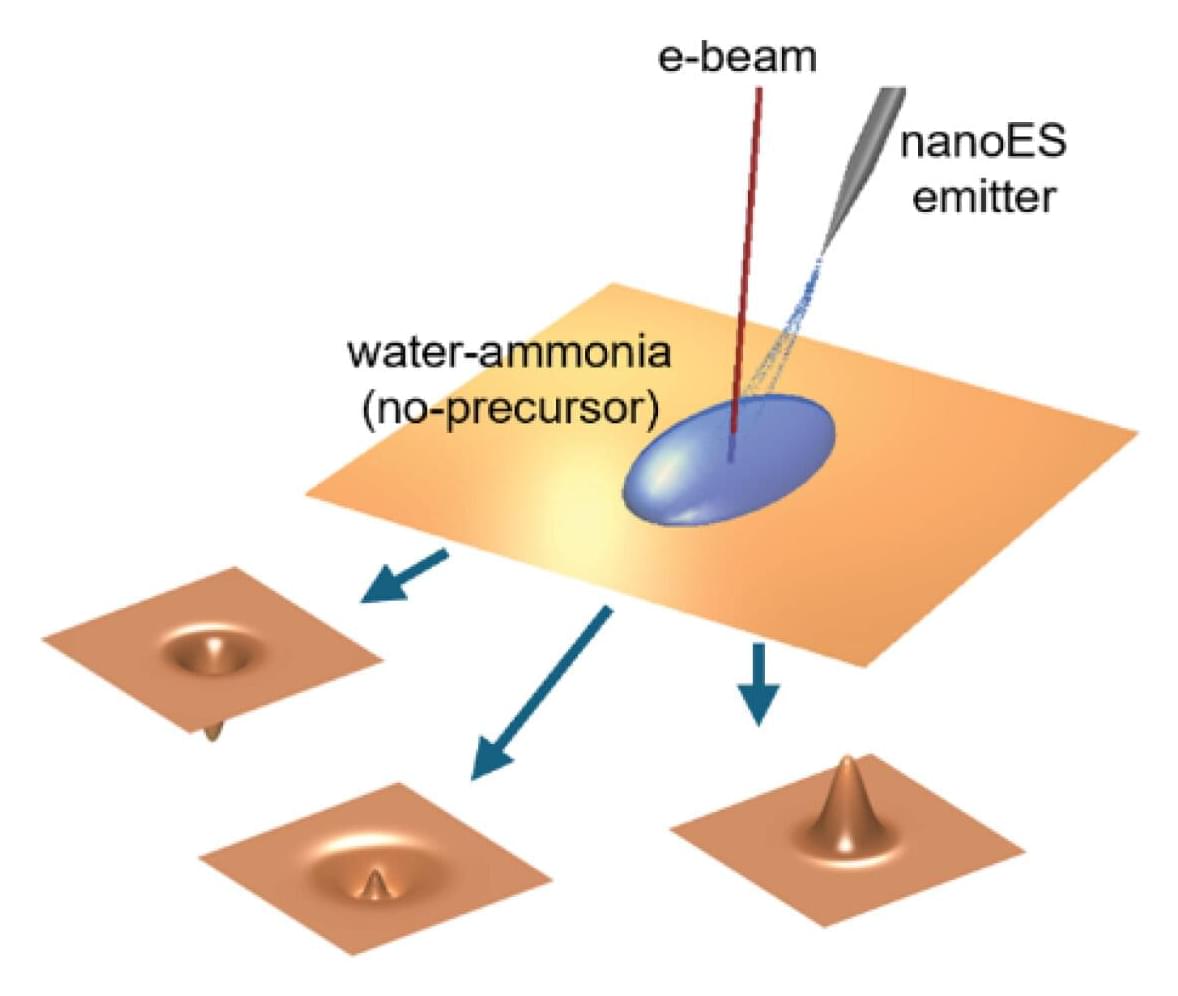Osteoarthritis (OA) is a common joint disease that causes pain and stiffness, especially in older adults. Researchers are exploring new therapies to address this issue, here focusing on regenerative medicine, which uses stem cells to repair damaged cartilage. This involves injecting stem cells into joints to promote healing. However, challenges such as cell survival and long-term effectiveness remain. This study also examines gene therapy, which targets specific genes to reduce inflammation and cartilage breakdown. Biomaterials such as hydrogels and nanoparticles are used to deliver these therapies directly to the joint, improving treatment precision. In addition, this research highlights the role of circadian rhythms in OA, suggesting that timing treatments could enhance their effectiveness. These advancements aim to provide more personalized and effective OA treatments. Future research will focus on refining these approaches for better patient outcomes.
This summary was initially drafted using artificial intelligence, then revised and fact-checked by the author.
